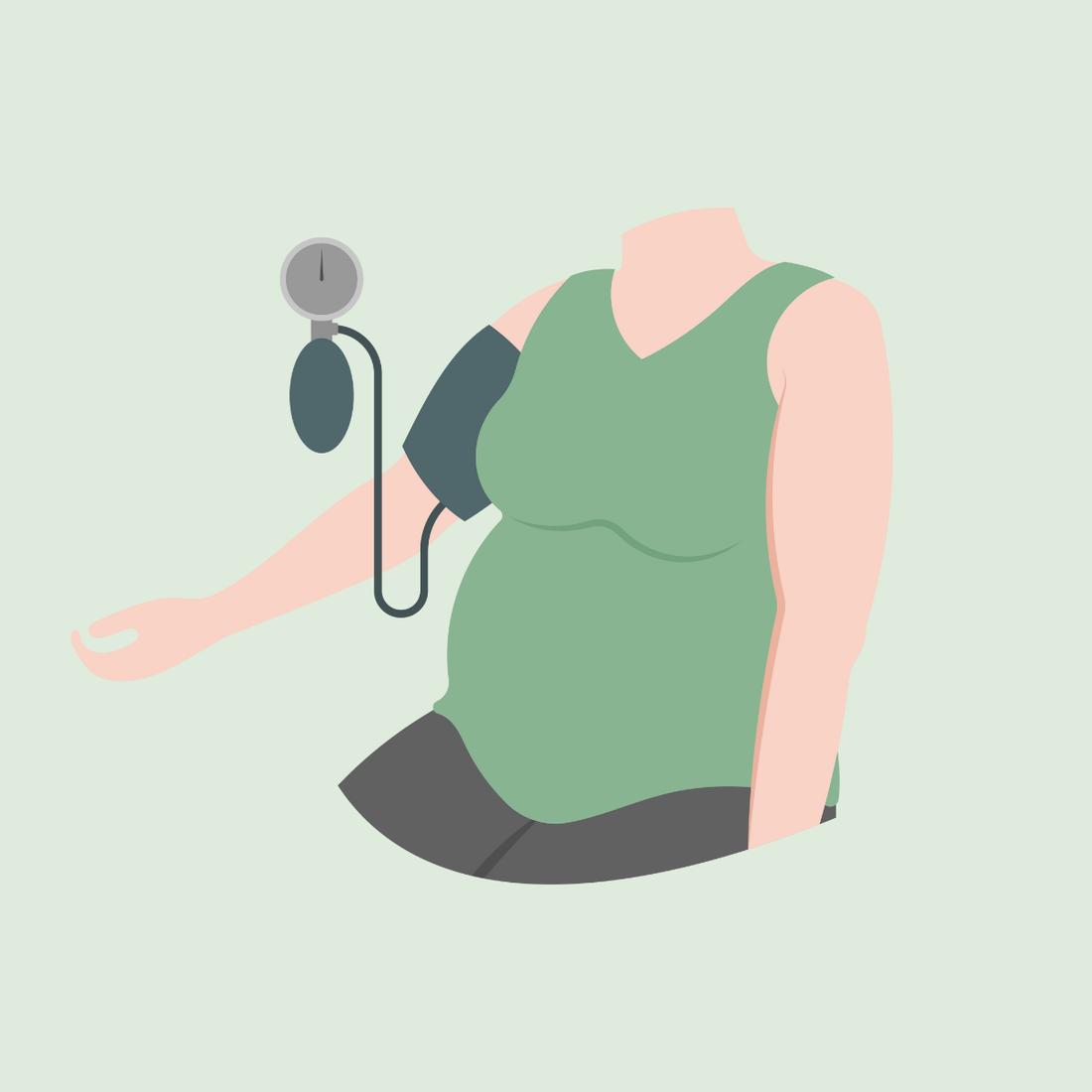High blood pressure (hypertension) during pregnancy can be a one-off event or a sign of a more serious condition called preeclampsia.
It may develop due to pregnancy or be pre-existing, often appearing after 20 weeks. It's important to monitor both yours and your baby's health, and treatment may include rest, medication, or early delivery if necessary.
Preeclampsia is a common pregnancy complication that usually occurs after 20 weeks or shortly after birth.
Signs include:
• High blood pressure
• Protein in urine
• Swelling of the face, hands, or feet
• Blurred vision
• And sometimes no symptoms at all (this is why your midwife will check your blood pressure at each antenatal appointment)
It can affect blood flow to the placenta, impacting the baby’s growth, and may become severe quickly.
In serious cases, preeclampsia can lead to HELLP syndrome or eclampsia (seizures), requiring urgent care and possibly immediate delivery of the baby. The only definitive cure is birth of the baby and placenta.
Warning signs to watch for:
• Persistent headaches
• Blurred vision
• Sudden or significant swelling (face, hands, feet)
While most cases are mild, preeclampsia needs close monitoring.
Future risk is usually low, but higher if you have conditions like high blood pressure, kidney disease, diabetes, or lupus.
Cart is Empty
Your Cart is Empty
- Choosing a selection results in a full page refresh.
- Opens in a new window.











